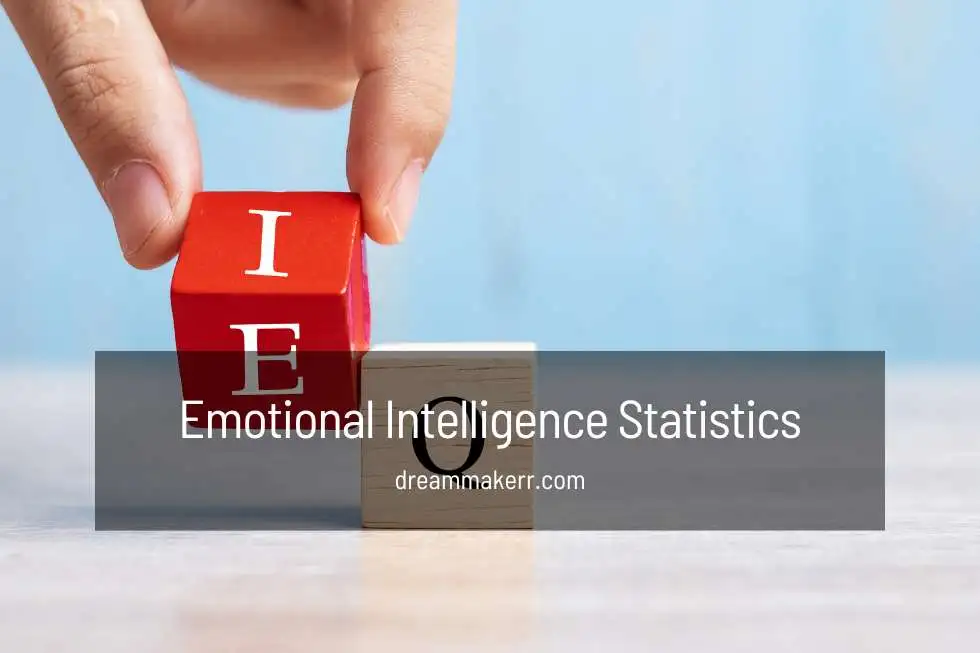On this page

What are Business Goals? Definition of Short-term, Long term
A “business goal” is a result, accomplishment, or target that a company hopes to achieve in the near or distant future. Business goals can be defined as objectives that organizations strive to achieve, such as providing excellent customer service. They may also have specific purposes, such as exceeding a revenue target, net income, profit margin, profit target, or another financial milestone.
A mission statement is a goal that defines the purpose and existence of an organization. A vision statement is another way for an organization to express its goals by indicating where it wants to go in the future.
Why It’s Critical to Establish Business Goals?

There are numerous reasons why business goals are essential and can determine a company’s success.
- Measuring progress is critical for any company. Businesses can track whether they are meeting their targets and progressing toward success by setting goals.
- A company’s direction is determined by its business objectives. Because of business objectives, all employees should know where the company wants to go and what it wants to become.
- Business objectives foster accountability. Management may accept responsibility for company objectives’ successes and failures.
- Business objectives aid in the development of better business decisions. Business objectives ensure that company activities are aligned, and that management can analyze choices continuously to verify the company’s progress toward its goal.
What is the Distinction Between Business Goals and Business Objectives?
Business goals and objectives are closely related, and the terms are sometimes used interchangeably. However, they are not the same thing.
Goals are a type of objectively determined by the company’s prospects. They describe the company’s objectives. A business objective describes the strategies and steps that a company can take to achieve its goals.
A goal or objective is a statement of the activity or works the company must complete to make progress or achieve a specific result.
A business goal, for example, may be to meet a specific revenue target. In contrast, a corporate plan may be to finalize a significant contract with a substantial client to help the firm meet its financial goal.
What Are the Essential Elements of a Successful Business Goal?

To be successful, a business goal must include several components. At the most basic level, all business goals define what an organization hopes to accomplish in a given period. SMART is a helpful acronym for ensuring that the correct elements are included in a business goal.
- Specific – Be specific, and identify the business goal.
- Measurable – A measurement should be in place to show how far you’ve progressed.
- Achievable – There must be some hope that the goal can be met, even if it is a difficult task.
- Realistic – A goal should be feasible for the company’s operations and in line with the company’s strategic plan.
- Time-bound: The goal should have a time limit.
Various Examples of Business Goals

A company can set a variety of business goals and objective.
- Financial objectives – Business objectives include targets for increased revenue or profitability. A company aiming for an initial public offering is an excellent example of this goal.
- Objectives for expansion – This type of goal is to increase the size of some areas of the business by a certain percentage. For example, the development could be due to new products, customers, or locations. Another option would be to expand operations across multiple countries.
- Employee objectives – It is critical to achieving company goals, but it is also vital to assist employees in achieving personal goals such as work-life balance and career advancement. This is becoming increasingly important in the era of “the great resignation,” when workers seek greater job satisfaction.
- Process objectives – Each business has its own set of procedures for various activities. Setting goals to improve those processes and workflows can help companies to become more efficient. Increasing the number of software releases through improved DevOps processes, for example, would be a process goal.
- Social objectives – Inclusion and sustainability are important social goals that should be considered strategically during the goal-setting process. This category would include reducing greenhouse gas emissions or the organization’s carbon footprint.
- Time-bound objectives – Each of the purposes above should prioritize time. Time-based goals include both short-term and long-term objectives and goals. Short-term goals can be accomplished in days, weeks, or months, whereas long-term goals can take months or years to complete.
How to Establish Short-Term and Long-Term Business Goals

Management can set goals at their discretion, but this is not the most effective strategy. The most important goals result from a method involving key stakeholders from all levels of an organization, particularly executive management, staff, and advisors.
The Objectives and Key Results (OKRs) framework is a well-known method for establishing short-term and long-term goals. The OKRs framework enabled a company to articulate its goals and desired outcomes. Setting a set of OKRs can help an organization define its business goals. Goal-setting can also be planned using the SMART framework method.
Progress toward any business goal must not only be set by direction but must also be measured. This can be accomplished by using key performance indicators (KPIs), which analyze various areas to demonstrate progress toward a specific goal.
Short-term goals
Short-term goals are frequently constrained by a time frame ranging from a few hours to a year. Longer-term objectives can be time-bound, but they are usually established in the future.
Many people use short-term goals to help them achieve longer-term ones. Setting multiple smaller goals to make the bigger picture more achievable is expected in business.
Examples of short-term business objectives:
- Increase my earnings by $1000.
- In the next 30 days, hire new sales representatives.
- 10% increase in customer satisfaction
Long-term goals
Long-term goals are those that you want to achieve in ten years or more. What do you want your business to look like in 10 years? What objectives do you hope to have met by then? What kind of businesses are we talking about here if it’s venturing into new territory?
Long-term goals are frequently used as vision or mission statements—these objectives guide your company to get you where you want to go. Consider your goals like a map can help you find your way to your destination. Your long-term objectives may not tell you exactly how to achieve them, but they provide a good starting point.
Short-term goals function similarly to GPS navigation, informing you of each step along the way until you arrive at your destination.
Long-Term Business Objectives Include The Following:
- Nike – Nike’s mission is to inspire and innovate for every athlete.
- Patagonia – We’re in it for the long haul, for the sake of our home planet.
- Google – Google’s mission is to organize the world’s information and make it accessible and valuable to everyone.
The Difficulties of Developing Business Goals

For various reasons, developing business goals can be complex and challenging.
- Management direction:
Because management may not share the same vision for the company, getting all stakeholders to agree on a specific goal cannot be easy. - Changing market conditions:
Market changes can occur suddenly and unexpectedly, making it difficult to set goals. - Competition:
No business operates in a vacuum, and competing organizations can challenge developing business goals.
Conclusion
Developing business goals is a complex and challenging process, but it is possible to overcome these obstacles by involving all relevant stakeholders and staying current on market conditions.
Business goals are essential for any organization, but developing them and achieving goals can be difficult.
Changes in market conditions, as well as management buy-in, can all pose challenges to the process.
On the other hand, business objectives can be met with careful planning and execution.
Faqs
What are business goals examples?
- Increase sales by 10% by x date
- Grow social media following by X% within the next year
- Improve customer satisfaction ratings by X%
- Achieve a 50% reduction in product defects
- Implement a new marketing campaign that generates X leads per month
- Reduce overhead costs by 20%
- Win X new clients within the next year
- Achieve a 30% increase in web traffic from organic search within 6 months
- Develop and launch a new product line within 18 months
- Grow the company’s email list by X subscribers per month

Petri Maatta is a mindset coach and neuroscience-focused author with 15 years of experience in personal transformation and success psychology. After seven years of business failures, he discovered the power of manifestation through a Fortune 500 mentor. Now, he shares neuroscience-backed strategies through DreamMaker membership, helping others transform their businesses and lives on their own terms.
Read My Story here.
Share This Story, Choose Your Platform!
You want to manifest a new car, but you’re wondering: Does this really work? Here’s
Many smart individuals are often linked with having a high IQ. However, according to emotional
According to online dating statistics over 90% of people believe in love at first sight,




